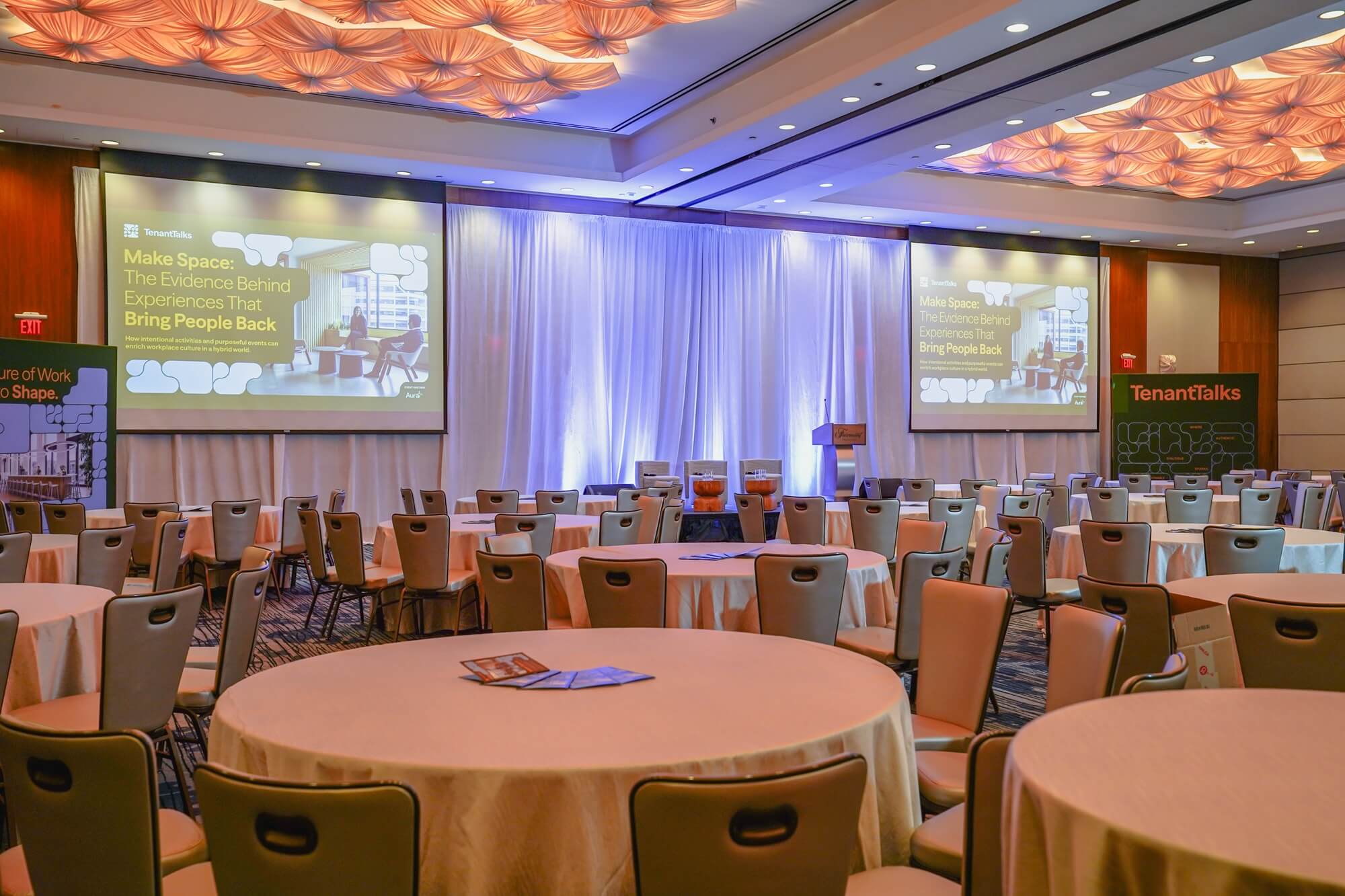Why Co-working Spaces Don’t Work For Everyone
Co-working spaces are popular nowadays. It's the new point of convergence among remote workers. Want to know if it suits your work style? Read more.
Co-working spaces are the proverbial feather in the cap of modern office spaces for the simple reason they support and encourage both chance encounters between colleagues, and collaboration, inspiring increased productivity via an open, creative space. C’est la vie… Well, not always.
In this post, we’re diving into the discussion and sharing our perspectives on why co-working spaces don’t always work for everyone, while examining ways to bridge the gap to provide working environments that cater to all.
We’re All Different
There are many social archetypes rolled up into an office environment. You’ve got the social butterfly who always seems to have time to chat. You’ve got the ‘sorry, I’m too swamped to chat’ person who is rarely around to collaborate with; and of course, the people who sit wearing headphones from 9-5 and rarely have the time to collaborate or make themselves available for anything.
It’s estimated that by the end of 2018, over 1.7 million people will be working in some 19,000 co-working spaces globally, and the expansion of co-working ideals are still on the upswing. But people are weary. While 29% of all co-working spaces have opened in 2018, the number of people signing up hasn’t grown as quickly as initially expected.
To each, their own – it doesn’t take a psychoanalyst to tell you that people all need different things. Understanding that open, noisy, collaborative spaces isn’t the perfect elixir for 100% of the working world shouldn’t be alarming – it’s how we all strive to deal with the advance and popularity of the co-working space that should be the focal point of this conversation.
Distractions are Everywhere
Digital distraction is real. Remote employees and freelancers abound can attest to the ease of getting lost in a downward spiral of related content, amplified research, social time with your fellow workspace colleagues, and yes – even Instagram. It’s tough for people to disconnect when the vast majority of their professional responsibilities are online.
Co-working spaces are meant to be places of respite and refuge from the scourge of distraction, and are meant to give remote digital employees a space where they can plug in and work at the same time. When those two counter-intuitive values don’t jive well, it can feel like its impossible to meet the expectations of growing workloads and expanding responsibilities.
Privacy is Tough to Find
Having a place to literally go to work is important to many remote employees – the simple sensation of leaving the house or apartment every morning is enough of a routine that it helps adjust to the co-working sphere – but there’s an innate lack of privacy in shared co-working spaces. Without privacy, some people can easily become overwhelmed, anxious, and can experience real lulls in their productivity.
Growing attention is being paid to purposeful and curated interior design within co-working spaces. The inclusion of more and more dedicated focus spaces is geared at providing remote co-working employees the opportunity to retreat from the open corral of the shared real estate, so they may concentrate in semi-private zones – like conference rooms, and even phone booths.
This is often completed by co-working space owners implementing modular, mobile furniture that can adapt and provide people with ever-changing environments that complement their style of working, or a specific project.
Co-working Spaces are Their Own Businesses
Consider this: a lot of the time, startups and fledgling businesses opt to begin out of a co-working space to house their employees as a way to bridge a real estate gap while they find their own space. This is a good thing — the success of popular co-working startups like Convene and WeWork provide corporate real estate for employees – but they do so on their own terms.
These spaces lack the potential for companies to grow in terms of their own identity. This makes it difficult for new companies and employees to unite under a collective umbrella without the identity of a business structure that’s bred to please everyone.
In the short-term, co-working spaces are fantastic collaborative spaces to foster creativity, bursts of productivity, and to bridge the real estate gap. Over the long-term, co-working is a business, and is no true substitute for a strong office identity of your own that will ultimately inspire a much more meaningful company culture.
Physical spaces help to amplify and unify a brand’s voice and mission — working in a space that’s not your own takes away from that necessary building block.
—–
Co-working spaces are fantastic ways to help remote workers enjoy some office culture routine, but their physical structure isn’t the perfect solution for everyone, and certainly is no substitute for long-term business success.
Co-working space, by their very nature, can’t work for everybody – because everybody is a unique individual, with unique traits, unique working preferences, all while working on unique projects that require unique thinking; how on earth can one style of space accommodate the complexities of the human condition and individualized critical thought? Simply put, it can’t – and that’s OK.


